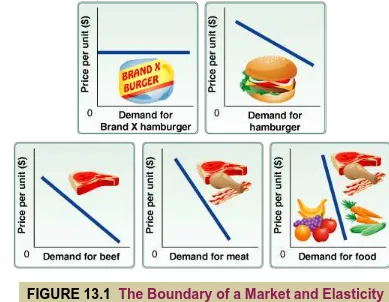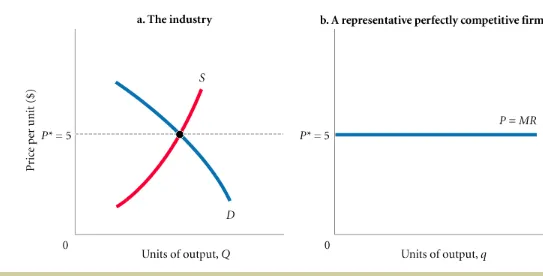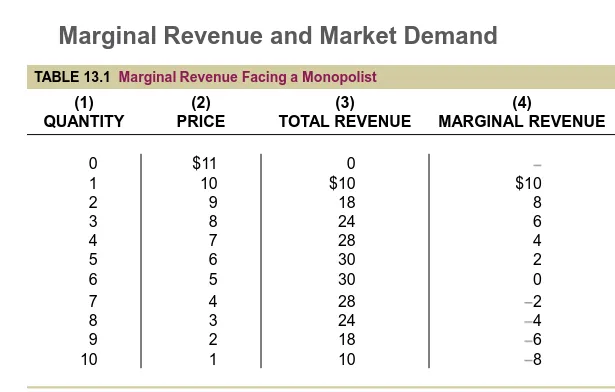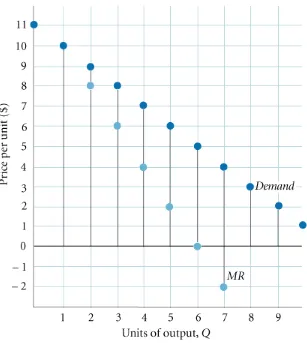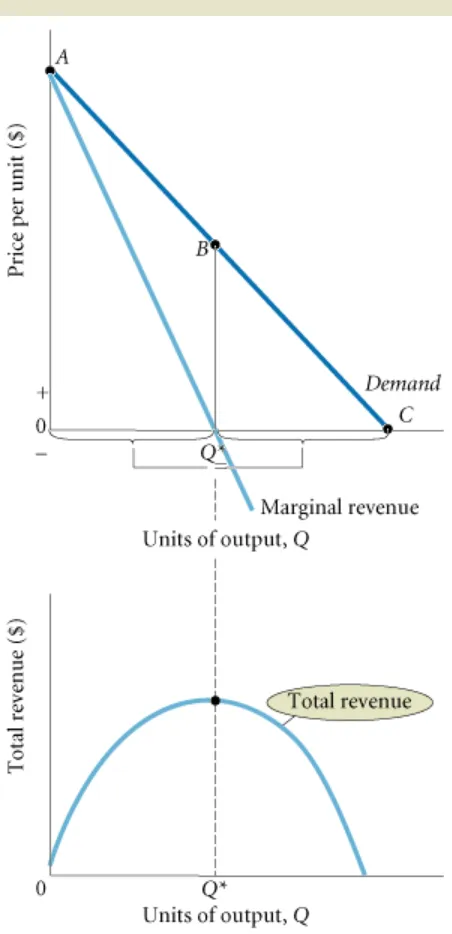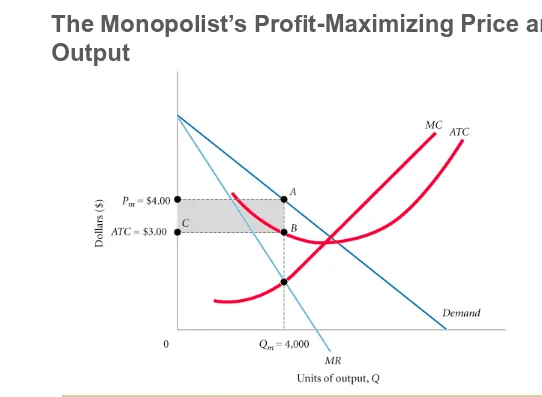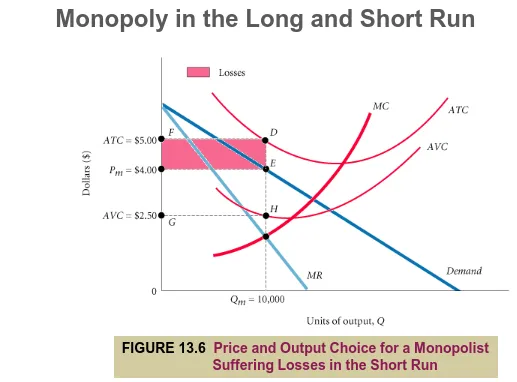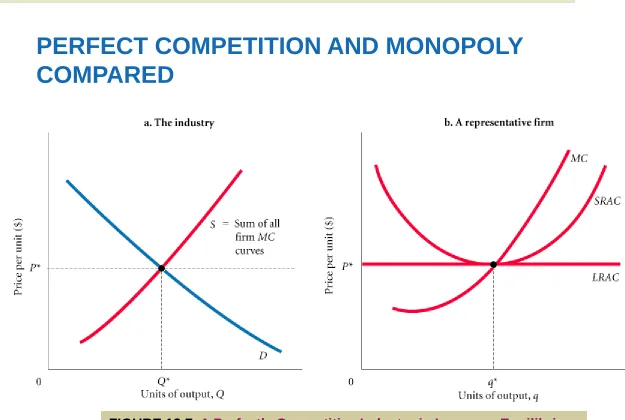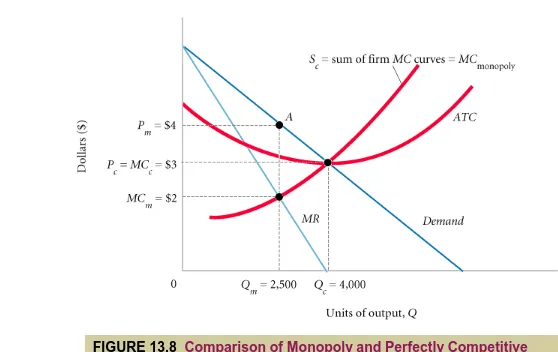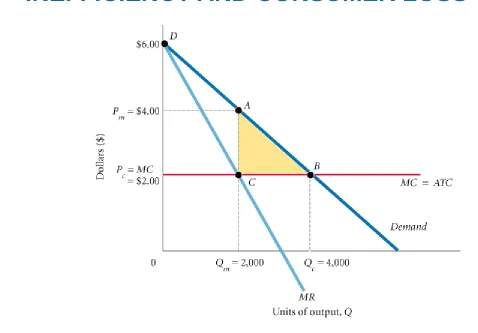Prepared by:
Fernando & Yvonn
Quijano
13
Chapter
Monopoly
and Antitrust Policy
CH
and Antitrust Policy
PART III MARKET IMPERFECTIONS AND THE ROLE OF GOVERNMENT
Imperfect Competition and Market Power: Core Concepts
Defining Industry Boundaries Barriers to Entry
Price: The Fourth Decision Variable
Price and Output Decisions in Pure Monopoly Markets
Demand in Monopoly Markets
Perfect Competition and Monopoly Compared Collusion and Monopoly Compared
The Social Costs of Monopoly
Inefficiency and Consumer Loss Rent-Seeking Behavior
Price Discrimination
Examples of Price Discrimination
Remedies for Monopoly: Antitrust Policy
The Development of Antitrust Law: Historical Background Landmark Antitrust Legislation
The Enforcement of Antitrust Law
Initiating Antitrust Actions Sanctions and Remedies Criminal Actions
A Natural Monopoly
Do Natural Monopolies Still Exist?
Imperfect Markets: A Review and a Look Ahead
